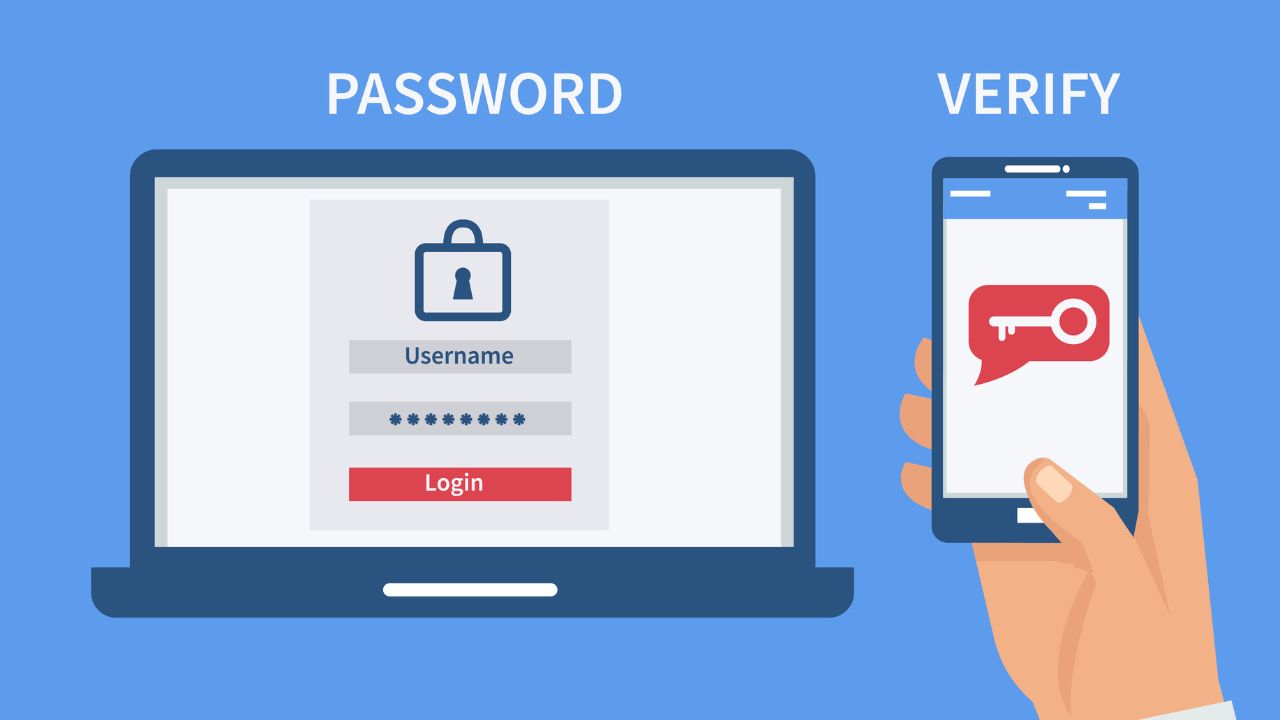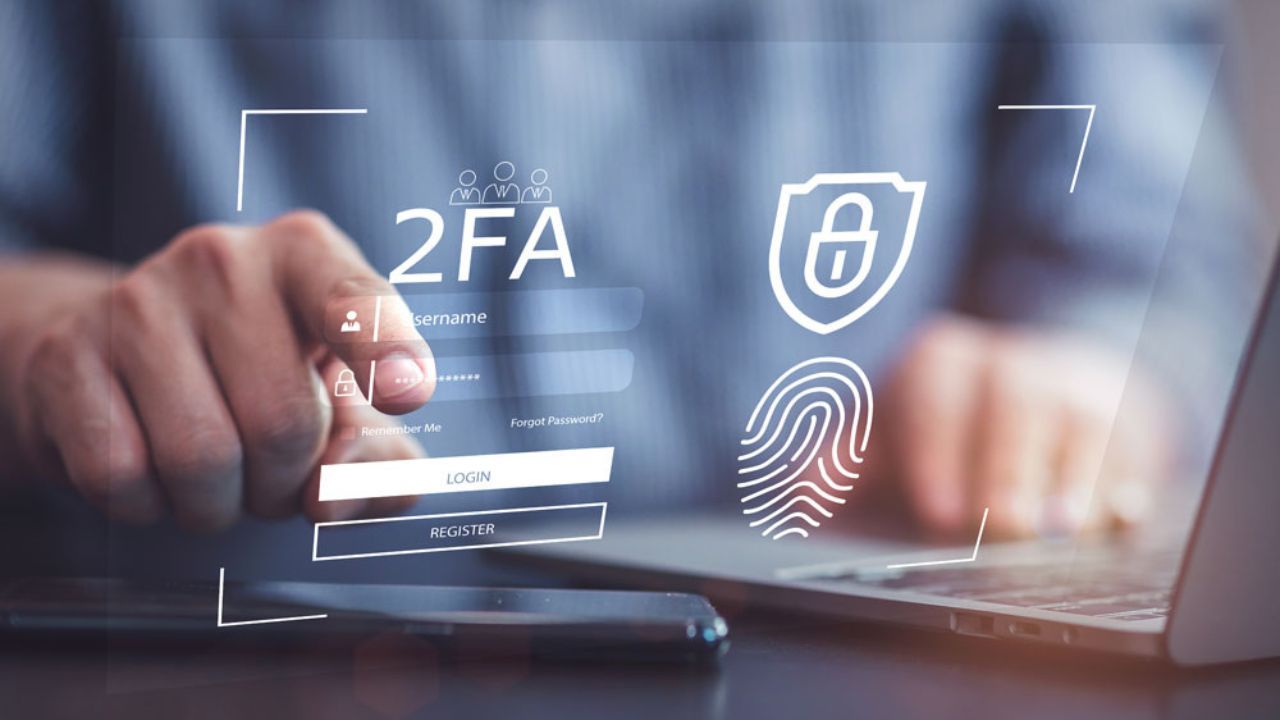
Improve Your Cybersecurity with MultiFactor Authentication
Multifactor authentication (MFA), also known as two-factor authentication (2FA), is a security method used to ensure that people trying to gain access to an online account or system are who they say they are. It adds an extra layer of security beyond just a username and password.

MFA requires users to provide two or more different factors for authentication, typically falling into one of these three categories:
- Something You Know: This is the traditional username and password combination. It’s something that the user knows. To add an extra layer, it’s often combined with the other two factors.
- Something You Have: This involves a physical device or token that only the user possesses. Examples include a smartphone, a smart card, a hardware security token, or a one-time code generated by an app or sent via SMS.
- Something You Are: This category involves biometric data, such as fingerprints, facial recognition, or retina scans. Biometric authentication methods are becoming more common, especially on smartphones and in some high-security applications.
To gain access to a system or account protected by MFA, a user must provide two or more of these factors. For example, they might enter a password (something they know) and then use a one-time code from an authentication app on their smartphone (something they have).
MFA significantly enhances security because even if a malicious actor obtains your password, they still can’t access your account without the other authentication factors. It has become a standard security practice, especially for sensitive accounts like email, online banking, and corporate systems, to prevent unauthorized access and reduce the risk of data breaches.
